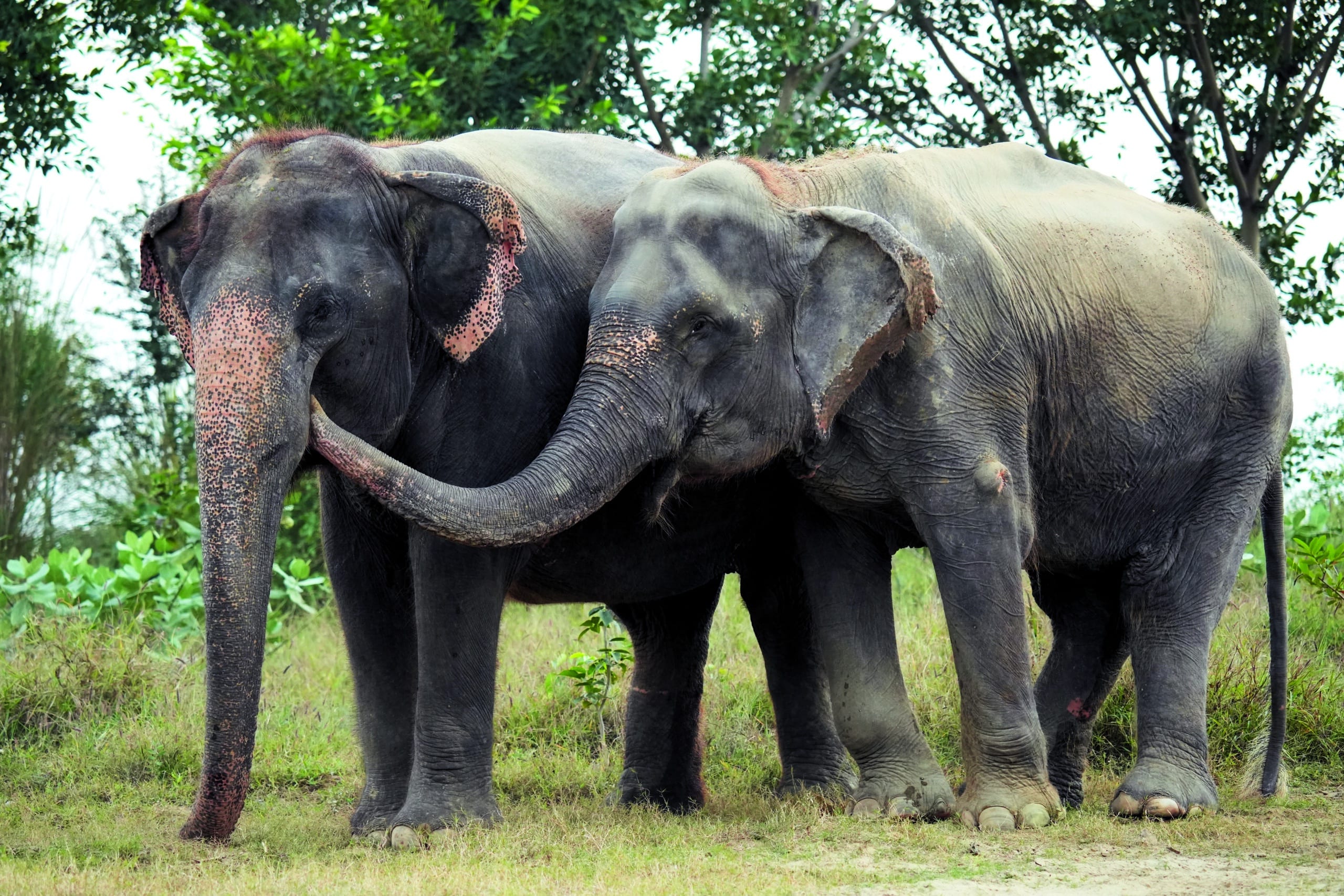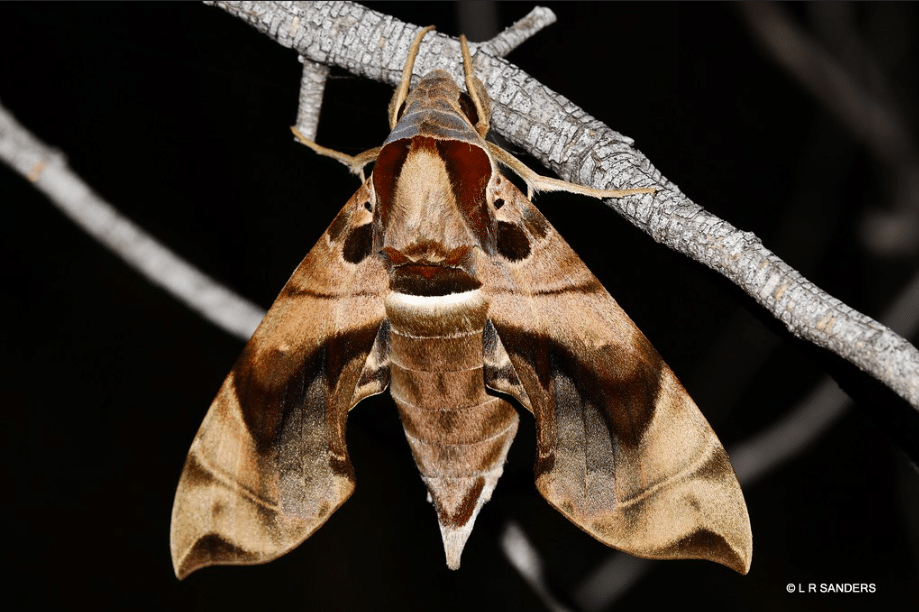You might remember Kalpana—I am happy to report that this year she celebrates her fifth rescue anniversary at Wildlife SOS. Formerly exploited and abused as a ‘begging’ elephant in Uttar Pradesh, Kalpana was rescued in 2019 and brought to the Wildlife SOS Elephant Hospital Campus (EHC) in Mathura for comprehensive...
I know that I shouldn’t have a favourite animal and I truly do love all animals, but I am in total awe of elephants.
I am extremely fortunate to have spent time in the company of these magnificent animals, both in Africa and in India, and there is just something magical about them. I simply cannot imagine a world without elephants, and yet it seems we are heading down a path where that might become a reality.
Earlier this year we saw the International Union for Conservation of Nature (IUCN) list the African forest elephant (Loxodonta cyclotis) as Critically Endangered and the African savanna elephant (Loxodonta africana) as Endangered on their Red List.
Up until then African elephants were considered a single species and listed as Vulnerable however the emergence of new genetic evidence prompted the separate listing. Once as many as 10 million elephants roamed freely across Africa, but sadly elephant numbers had already declined by 96% by the time we entered this century.
Poaching, conflict and habitat loss have all taken a terrible toll on elephants, but exact numbers have been difficult to determine until the great elephant census championed by Microsoft founder Paul Allen and managed by Elephants without Borders which was released in 2016.
The results of that census shocked the world.
It showed a 30 per cent decline in savanna elephants across 15 of 18 countries surveyed from 2007 to 2014. That means only 352, 271 savanna elephants remain across 93% of their range. And while forest elephants were not included in the census because they are virtually impossible to spot from the air, their number is estimated to be fewer than 100,000.
Back in 1989, recognising the decline in elephant numbers, a global moratorium on the ivory trade was implemented by the Convention on the International Trade in Endangered Species (CITES). The ban succeeded in stemming the decline and saw poaching numbers decline for the first time. However, two terrible decisions to allow ‘one-off’ sales of ivory undermined those efforts and saw poaching numbers soar once again. Allowing any trade in ivory stimulates demand and elephants pay the ultimate price.
Current estimates indicate that approximately 20,000 savannah elephants are still killed every year, mainly poached for their ivory.
This makes our work so important—both in supporting groups providing anti-poaching patrols on the ground in Africa and in working to implement a domestic ivory ban here in Australia. In 2019 at a CITES meeting Australia announced it would implement a ban on elephant ivory and rhino horn, but sadly it still hasn’t happened. We are encouraging federal, state and territory governments to work together to make it a reality without further delay. You can encourage them too by taking part in the action we’ve set up. This will help make certain that we are doing our part to halt the decline in elephants resulting from poaching for their ivory. TAKE ACTION HERE.
And what of Asian elephants?
They have long been more endangered than their African cousins, although habitat loss and human encroachment are the biggest threats they face. Roughly 20% of the world’s human population lives in or near Asian elephant ranges. And with human population growth not slowing down, elephant range is shrinking all the time.
There are fewer than 50,000 Asian elephants left, but there is also another story to tell regarding these animals.
For centuries elephants in Asia have been captured and used in wars, religious ceremonies, tourist rides and also as begging elephants. Elephants suffer in captivity. Anyone who has gone to a zoo and seen the elephants swaying back and forth, called stereotypic behaviour, has witnessed the physical expression of their stress.
All species of elephants tend to be social animals, living in family groups led by a matriarch. Most males will leave their family units at maturity; some live alone and others in bachelor herds. They roam vast distances, have sophisticated communication systems, strong social bonds and are very intelligent. They also have been known to mourn, grieving over lost members of the herd.
To take these animals from the wild and subject them to life in captivity, separated from their kin and forced to perform work or entertain humans is no life for them.
This is why we actively oppose the breeding or importation of captive elephants and work with Wildlife SOS in India to provide sanctuary to rescued elderly working elephants and give them a life free from chains and in the company of other elephants at the end of their lives.
These animals deserve our respect and our support. I am so proud that we are doing everything we can to help elephants, and I urge everyone to never support organisations offering elephant rides or encounters.
If you can, go out and see them in the wild—I promise you it may change your life—it certainly did change mine.

.jpg)

